The Body’s Price On Space Exploration

The Body’s Price on Space Exploration
It can be easy to get wrapped up in the dollar amount when talking about the price of sending humans to Mars but there is a factor that no amount of government or private funding can overcome: the human body.
Read more on Miss Aerospace
More Posts from Maevetheeuropan and Others

New Hubble Portrait of Mars (which will be at its closest to us on 30 May)
On May 12, 2016, the Hubble Space Telescope captured this vivid photo of Mars, when the planet was closer to Earth than usual and approaching the opposition (when the sun and Mars will be on exact opposite sides of Earth). Mars is especially photogenic during opposition because it can be seen fully illuminated by the sun as viewed from Earth. Mars will reach opposition on May 22.
Furthermore, the closest approach to Earth for the year will occur on 30 May, when Mars will be at a distance of 75.28 million km (46.78 million miles) from us. For comparison, the average distance between the two is 225 million km. These two events so close together make the coming week(s) the best time to observe the red planet with a telescope. You can already notice it in the night sky (check for your location) as one of the brightest dots with a red-orange glow near the Moon.
Read about the Hubble’s image here.
Image credits: NASA, ESA, the Hubble Heritage Team (STScI/AURA), J. Bell (ASU), and M. Wolff (Space Science Institute)
Hearing: Next Steps to Mars: Deep Space Habitats
Subcommittee on Space (114th Congress) Next Steps to Mars: Deep Space Habitats


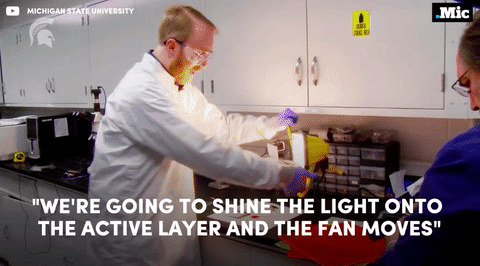

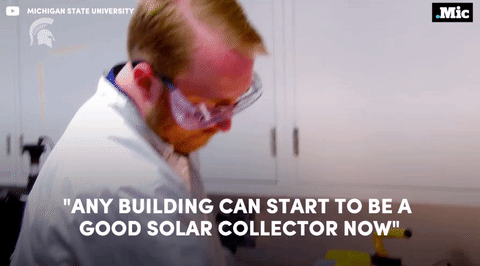
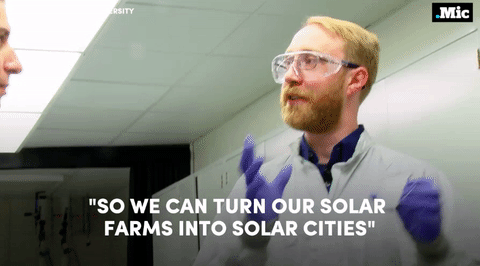
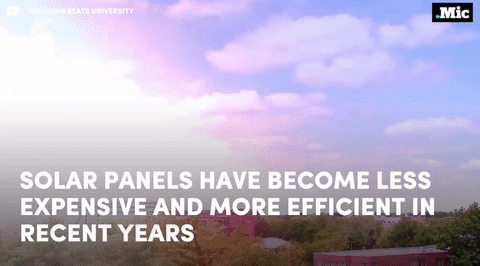
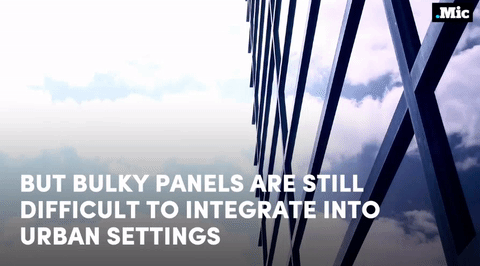

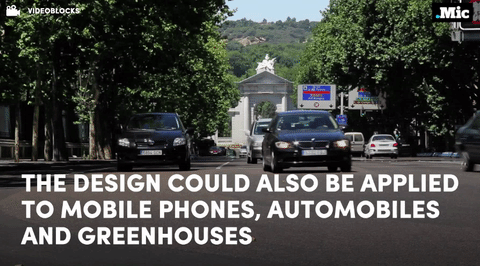
this is a massive step forward for renewable energy (x) | follow @the-future-now
Space Station Research: Cardiovascular Health
Each month, we highlight a different research topic on the International Space Station. In February, our focus is cardiovascular health, which coincides with the American Hearth Month.
Like bones and muscle, the cardiovascular system deconditions (gets weaker) in microgravity. Long-duration spaceflight may increase the risk of damage and inflammation in the cardiovascular system primarily from radiation, but also from psychological stress, reduced physical activity, diminished nutritional standards and, in the case of extravehicular activity, increased oxygen exposure.

Even brief periods of exposure to reduced-gravity environments can result in cardiovascular changes such as fluid shifts, changes in total blood volume, heartbeat and heart rhythm irregularities and diminished aerobic capacity.

The weightless environment of space also causes fluid shifts to occur in the body. This normal shift of fluids to the upper body in space causes increased inter-cranial pressure which could be reducing visual capacity in astronauts. We are currently testing how this can be counteracted by returning fluids to the lower body using a “lower body negative pressure” suit, also known as Chibis.
Spaceflight also accelerates the aging process, and it is important to understand this process to develop specific countermeasures. Developing countermeasures to keep astronauts’ hearts healthy in space is applicable to heart health on Earth, too!

On the space station, one of the tools we have to study heart health is the ultrasound device, which uses harmless sound waves to take detailed images of the inside of the body. These images are then viewed by researchers and doctors inside Mission Control. So with minimal training on ultrasound, remote guidance techniques allow astronauts to take images of their own heart while in space. These remote medicine techniques can also be beneficial on Earth.
Make sure to follow us on Tumblr for your regular dose of space: http://nasa.tumblr.com
People can’t anticipate how much they’ll miss the natural world until they are deprived of it. I have read about submarine crewmen who haunt the sonar room, listening to whale songs and colonies of snapping shrimp. Submarine captains dispense “periscope liberty” - a chance to gaze at clouds and birds and coastlines - and remind themselves that the natural world still exists. I once met a man who told me that after landing in Christchurch, New Zealand, after a winter at the South Pole research station, he and his companions spent a couple of days just wandering around staring in awe at flowers and trees. At one point, one of them spotted a woman pushing a stroller. “A baby!” he shouted, and they all rushed across the street to see. The woman turned the stroller and ran. Nothing tops space as a barren, unnatural environment. Astronauts who had no prior interest in gardening spend hours tending experimental greenhouses. “They are our love,” said cosmonaut Vladislav Volkov of the tiny flax plants - with which they shared the confines of Salyut 1, the first Soviet space station. At least in orbit, you can look out the window and see the natural world below. On a Mars mission, once astronauts lose sight of Earth, they’ll be nothing to see outside the window. “You’ll be bathed in permanent sunlight, so you won’t even see any stars,” astronaut Andy Thomas explained to me. “All you’ll see is black.”
Mary Roach. Packing for Mars: The Curious Science of Life in the Void.
This is a really interesting read - it’s got a lot of information that I would never have thought to think of (such as - will astronauts eyeballs become different shapes without gravity - weird), but it also has really good chapters about the psychology of space.
(via psycholar)
this is wonderful - and def something I've thought about!
Five human spaceflight missions to look forward to in the next decade
by Chris Arridge

From astronauts breaking records for the longest amount of time spent in space to experiments growing food and keeping bacteria in orbit, the past decade of human spaceflight has been fascinating. There has also been an explosion of privately-funded spaceflight companies providing access to space, including delivering supplies to the International Space Station (ISS).
The next decade will see a remarkable mix of countries and companies getting involved. Plans include taking humans from low-Earth orbit back to the moon and even an asteroid in the 2020s – all designed to help prepare for the ultimate goal of a human mission to Mars in the 2030s.
Keep reading
@maevemauvaise I doubt the full results of this experiment are going to be released soon, but I’ll post and tag you when I find them!
-
 ailaleo liked this · 7 years ago
ailaleo liked this · 7 years ago -
 master-jedi245-blog liked this · 8 years ago
master-jedi245-blog liked this · 8 years ago -
 bisexuallumberjack liked this · 8 years ago
bisexuallumberjack liked this · 8 years ago -
 tvnacity reblogged this · 8 years ago
tvnacity reblogged this · 8 years ago -
 maevetheeuropan reblogged this · 8 years ago
maevetheeuropan reblogged this · 8 years ago -
 thebasementlab reblogged this · 8 years ago
thebasementlab reblogged this · 8 years ago -
 weeping-detective liked this · 8 years ago
weeping-detective liked this · 8 years ago -
 automatonpuppeteer liked this · 8 years ago
automatonpuppeteer liked this · 8 years ago -
 dax-pawsitron liked this · 8 years ago
dax-pawsitron liked this · 8 years ago -
 spikethemothafuckinfox reblogged this · 8 years ago
spikethemothafuckinfox reblogged this · 8 years ago -
 dradion liked this · 8 years ago
dradion liked this · 8 years ago -
 crustcollector liked this · 8 years ago
crustcollector liked this · 8 years ago -
 wytchnico liked this · 8 years ago
wytchnico liked this · 8 years ago -
 pasta-is-magnificent liked this · 8 years ago
pasta-is-magnificent liked this · 8 years ago -
 thatcher-the-folf reblogged this · 8 years ago
thatcher-the-folf reblogged this · 8 years ago -
 thelonelymagpie liked this · 8 years ago
thelonelymagpie liked this · 8 years ago -
 georges-family-blog liked this · 8 years ago
georges-family-blog liked this · 8 years ago -
 thegalaxyfoxx reblogged this · 8 years ago
thegalaxyfoxx reblogged this · 8 years ago -
 thegalaxyfoxx liked this · 8 years ago
thegalaxyfoxx liked this · 8 years ago -
 fanfic-research reblogged this · 8 years ago
fanfic-research reblogged this · 8 years ago -
 tumbledrylemur reblogged this · 8 years ago
tumbledrylemur reblogged this · 8 years ago -
 bigglewiggle reblogged this · 8 years ago
bigglewiggle reblogged this · 8 years ago -
 bigglewiggle liked this · 8 years ago
bigglewiggle liked this · 8 years ago -
 scifi-shoujo reblogged this · 8 years ago
scifi-shoujo reblogged this · 8 years ago -
 thatbadassbree liked this · 8 years ago
thatbadassbree liked this · 8 years ago -
 sugareign-blog liked this · 8 years ago
sugareign-blog liked this · 8 years ago -
 astronomopr reblogged this · 8 years ago
astronomopr reblogged this · 8 years ago -
 astronomopr liked this · 8 years ago
astronomopr liked this · 8 years ago -
 the-heero-king-of-stardew-valley reblogged this · 8 years ago
the-heero-king-of-stardew-valley reblogged this · 8 years ago -
 scifi-shoujo liked this · 8 years ago
scifi-shoujo liked this · 8 years ago -
 kekowerx reblogged this · 8 years ago
kekowerx reblogged this · 8 years ago -
 kekowerx liked this · 8 years ago
kekowerx liked this · 8 years ago -
 claraxbarton liked this · 8 years ago
claraxbarton liked this · 8 years ago -
 makoto-is-a-good-boy liked this · 8 years ago
makoto-is-a-good-boy liked this · 8 years ago -
 maevemauvaise reblogged this · 8 years ago
maevemauvaise reblogged this · 8 years ago -
 maevemauvaise liked this · 8 years ago
maevemauvaise liked this · 8 years ago -
 alexblog-stuff liked this · 8 years ago
alexblog-stuff liked this · 8 years ago -
 999fuhrer liked this · 8 years ago
999fuhrer liked this · 8 years ago -
 aquarian-littlemonster liked this · 8 years ago
aquarian-littlemonster liked this · 8 years ago


